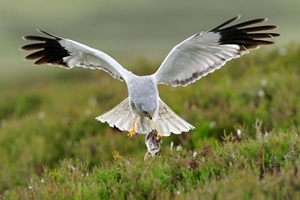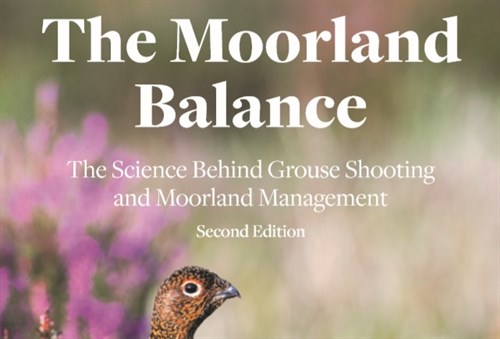 By Andrew Gilruth, GWCT Director of Communications
By Andrew Gilruth, GWCT Director of Communications
A new paper, published today in Nature Communications, underlines the importance of unlocking the conflict that has driven the illegal killing of harriers, a point first made by the Game & Wildlife Conservation Trust in 1998.
Grouse moors continue to maintain and protect some of the best remaining patches of suitable hen harrier habitat in England. This precious habitat is so ideal for harriers that their numbers can increase to the point where they then come into conflict with grouse shooting, because they can make a moor uneconomic. Ironically, we also know from the Joint Raptor Study (1992-1997) that where shooting is abandoned hen harrier numbers then fall too. The fact that the Defra hen harrier plan, which includes satellite tracking, delivered the best breeding season in a decade last year suggests this is a diminishing problem.
Unfortunately, this paper did not address how the trend in harrier deaths, and their locations, has changed over time. This work is just the beginning of the analysis required. We certainly need to know more about the conditions of the habitat, weather, food supply and disturbance where tags have inexplicably failed. This is a complex issue, which is why we feel it makes complete sense to support the Defra plan to recover the English hen harrier population alongside economic grouse moors; it is in the interests of both.
Photo credit: Laurie Campbell

The Moorland Balance - eBook - only £4.99
Get the science behind grouse shooting and moorland management. Building on the success of the first edition, this new and improved version condenses thousands of pages of scientific literature into easy-to-read questions and answers. Over 200 different studies from across the scientific community are referenced in this 134-page book.
View Book >
or
Buy Now - £4.99 >
100% Secure. All Credit & Debit cards, PayPal, Apple Pay and Google Pay accepted.
